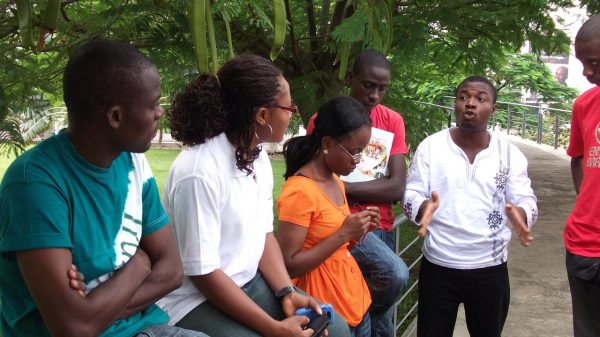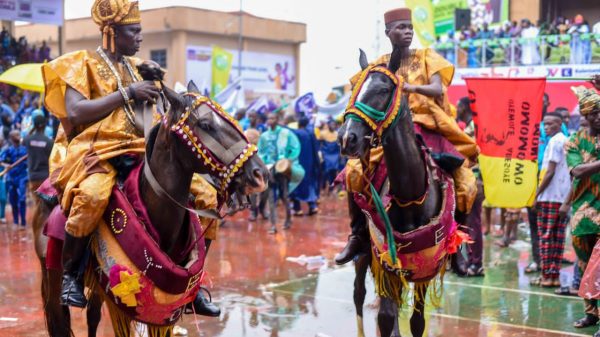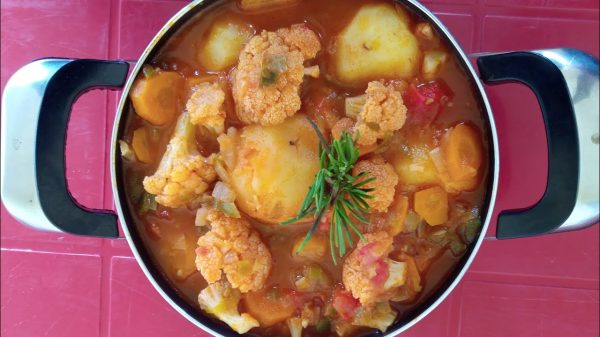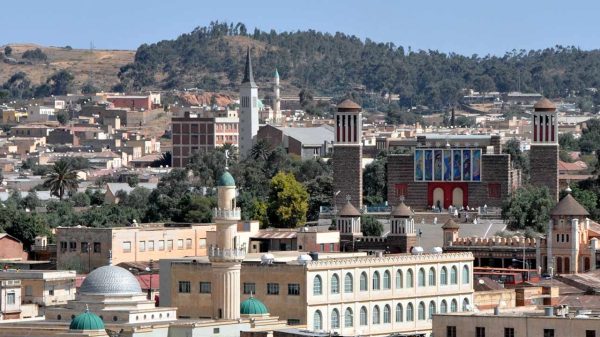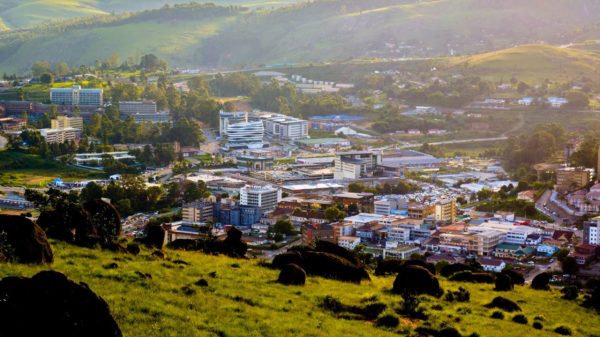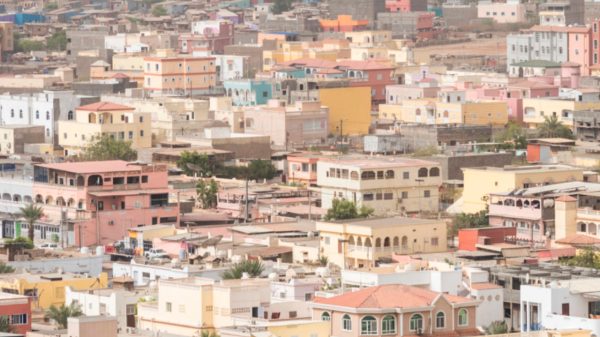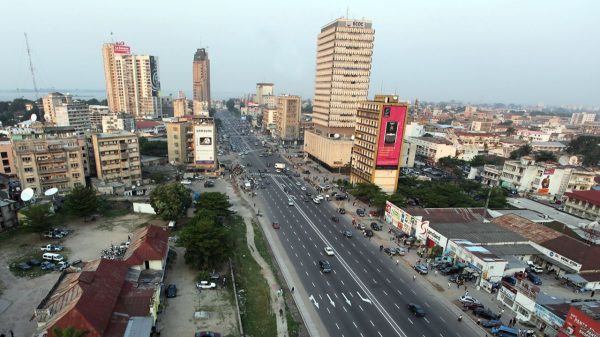Chad, a landlocked nation in the heart of Africa, often remains overshadowed, yet it boasts a captivating blend of geographical wonders and cultural richness.
From the vast expanse of the Sahara Desert covering its northern reaches, Chad presents a land of stark contrasts. Its cultural tapestry is equally diverse, home to over 200 ethnic groups and more than 100 languages, earning it the nickname “Babel Tower of the World.” Despite facing economic and political challenges, she holds a unique place in the continent’s history and landscape.
1. Largest Landlocked Country In Africa
Chad, located in north-central Africa, is the continent’s largest landlocked country, covering approximately 1,284,000 square kilometers (496,000 square miles). Its capital, N’Djamena, is nearly 1,000 miles (1,600 km) by road from the nearest coastal ports. This distance from the sea has significantly influenced Chad’s trade routes and economic development, as the nation relies on neighboring countries’ ports for international commerce. Despite its vast size, Chad’s landlocked status has posed challenges to its growth and access to global markets
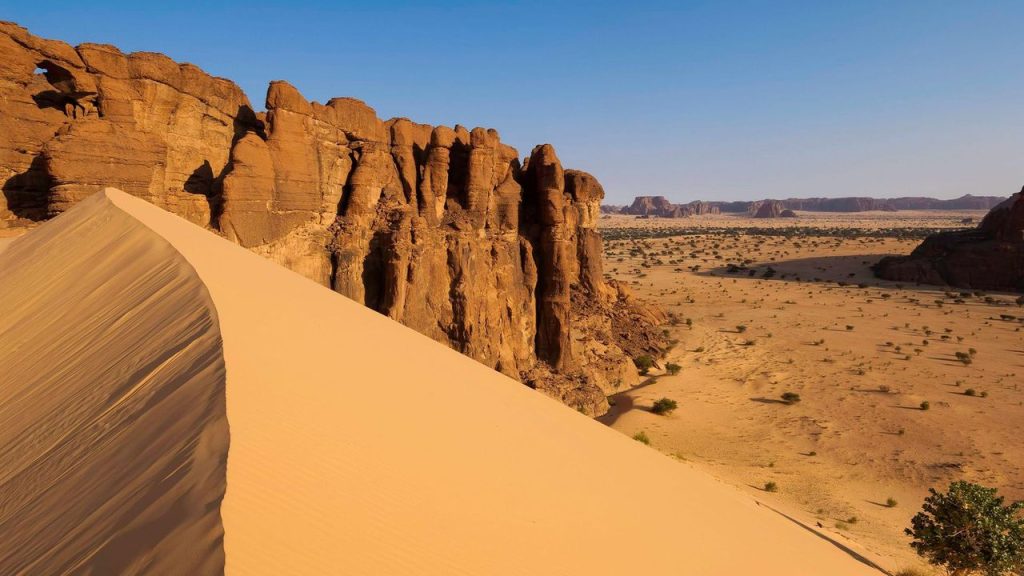
2. Cultural Mosaic: Over 200 Ethnic Groups
Chad is a tapestry of cultural diversity, home to more than 200 ethnic groups. This rich mosaic includes the Sara in the south, the Arab-speaking communities in the north, and numerous other groups like the Kanembu and Toubou. Each group contributes unique languages, traditions, and customs, making Chad one of Africa’s most culturally diverse nations. This diversity is reflected in the country’s festivals, music, dance, and daily life, offering a vibrant cultural landscape.
3. The Ennedi Plateau: A Natural Wonder
The Ennedi Plateau, located in northeastern Chad, is a stunning sandstone formation featuring arches, gorges, and rock paintings. This UNESCO World Heritage site is often referred to as the “Sahara’s hidden gem.” Its unique geological structures and ancient rock art provide insights into the region’s history and prehistoric cultures. The plateau’s remote location has helped preserve its natural beauty and archaeological significance, attracting researchers and adventurous travelers alike.
4. Zakouma National Park: A Conservation Success
Zakouma National Park, situated in southeastern Chad, has become a symbol of wildlife conservation in Central Africa. Once plagued by poaching, the park has seen a remarkable revival, with elephant populations rebounding and other species like lions, giraffes, and buffalo thriving. Collaborative efforts between the Chadian government and conservation organizations have enhanced anti-poaching measures and community engagement, making Zakouma a beacon of hope for biodiversity preservation in the region.
5. The Sahara Desert: Dominating the North
The northern third of Chad is enveloped by the Sahara Desert, characterized by vast sand dunes, rocky plateaus, and extreme aridity. This harsh environment is home to nomadic groups like the Toubou, who have adapted to the desert’s challenges over centuries. Despite its inhospitable conditions, the Sahara in Chad harbors unique ecosystems and cultural heritage sites, including ancient caravan routes and rock engravings, highlighting human resilience in one of the world’s most demanding landscapes.
6. Gerewol Festival: Celebrating Beauty and Courtship
The Gerewol Festival is a traditional courtship ritual celebrated by the Wodaabe people of Chad. During this vibrant event, young men adorn themselves with elaborate makeup, feathers, and jewelry to participate in dance competitions judged by women. The festival emphasizes beauty, charm, and endurance, with participants showcasing their attractiveness and stamina. Gerewol offers a fascinating glimpse into the social customs and aesthetic values of the Wodaabe, attracting anthropologists and tourists interested in indigenous cultures.
7. Linguistic Diversity: A Multilingual Nation
Chad is linguistically rich, with over 120 languages spoken across the country. While French and Arabic are the official languages, numerous indigenous tongues like Sara, Chadian Arabic, and Kanembu are widely used. This multilingualism reflects the nation’s ethnic diversity and complex social fabric. Language plays a crucial role in cultural identity and community cohesion, with many Chadians being multilingual, navigating seamlessly between different linguistic contexts in daily life.
8. Oil Economy: Wealth Amidst Challenges
Since the early 2000s, oil production has become a cornerstone of Chad’s economy, contributing significantly to national revenue. The development of the Chad-Cameroon pipeline facilitated the export of oil, attracting foreign investment. However, reliance on oil has also brought challenges, including economic volatility due to fluctuating oil prices and concerns over equitable distribution of wealth. Efforts to diversify the economy and invest in sectors like agriculture and education are ongoing to ensure sustainable development.

9. Ancient Rock Art: Windows into Prehistory
Chad’s desert regions, particularly the Ennedi Plateau and Tibesti Mountains, are adorned with ancient rock art dating back thousands of years. These petroglyphs and paintings depict scenes of daily life, animals, and spiritual beliefs, offering invaluable insights into prehistoric societies. The art reflects a time when the Sahara was greener and more hospitable, providing evidence of historical climate shifts. Preserving these sites is crucial for understanding human history and cultural evolution in the region.
Subscribe to our Newsletter
Stay updated with the latest trends in African Pop Culture!


